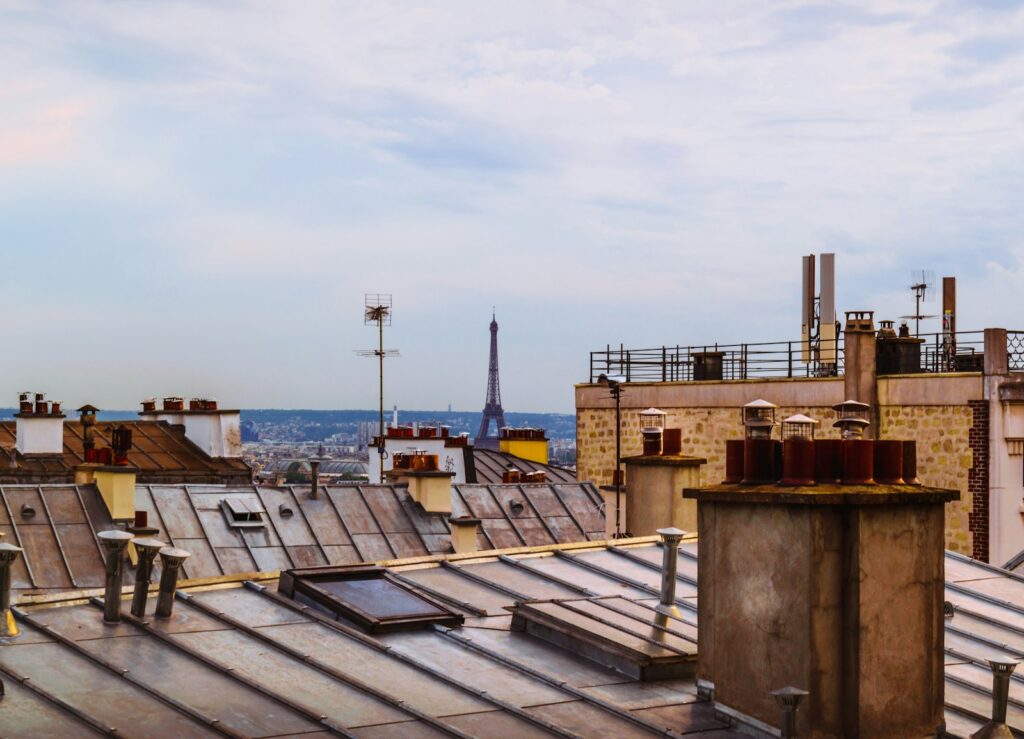Key Takeaways
- Regular maintenance can significantly prolong the lifespan of flat roofs.
- Common issues include leaks, ponding water, and membrane damage.
- Professional inspections are essential to find such problems early on and take appropriate action.
- DIY repairs can be effective but should be completed cautiously with suitable materials.
- Environmental conditions can significantly impact the state of flat roofs.
Regularly inspect flat roofs for leaks, debris, and wear. Clean gutters and drainage systems to prevent water buildup. Use quality materials for repairs and sealants. Address issues promptly to avoid costly damage. Consider professional inspections for comprehensive assessments and long-term maintenance.
The Importance of Regular Maintenance
The ease of drainage that slanted roofs have is separate from flat roofs. Therefore, regular maintenance is essential to ensure their longevity and effective performance. Consistent maintenance routines can help identify minor issues before they escalate into costly repairs. For example, a small crack or a minor puncture in the roofing membrane can quickly become a significant problem if left unaddressed for too long.
Proper maintenance doesn’t just prevent leaks and water damage; it also helps to avoid structural damage and potential mold growth within the building. According to the Architecture Lab, scheduling regular maintenance checks and taking proactive steps can considerably extend the life of your flat roof. For business owners, scheduling commercial flat roof repairs is essential to maintain the integrity of the property and avoid disruptive issues that could affect business operations.
Common Issues with Flat Roofs
Flat roofs are uniquely vulnerable to particular issues due to their structure, making proactive management even more critical. The most frequent problems with flat roofs include the following:
- Leaks: These are often caused by punctures, cracks, or deteriorated flashing. Leaks can occur anywhere on a flat roof but are most commonly found around flashing points, seams, and areas that have sustained heavy foot traffic.
- Ponding Water: Water accumulation, widely known as ponding, can lead to membrane damage and leaks. This issue typically arises from inadequate drainage systems or improper roof installation. Over time, standing water can cause the roofing material to deteriorate and eventually lead to leaks or structural damage.
- Membrane Damage: Weather conditions, physical wear, and mechanical damage can deteriorate roofing membranes. Frequent inspections can help identify wear and tear indicators, enabling prompt repairs to avert more severe problems.
Professional Inspections
Setting up routine professional inspections by qualified individuals is one of the most essential parts of maintaining a flat roof. These experts have the knowledge and experience to identify potential problems that might go unnoticed during casual checks. According to FacilitiesNet, inspections should be planned at least twice a year following significant weather occurrences, such as storms or snowfall.
During an inspection, professionals will look for signs of damage, such as punctures, blisters, or areas where the membrane may be lifting. They will also check for puddles of water and proper drainage. Regular inspections help address problems early before they become costly repairs or replacements.
Impact of Environmental Factors
Environmental conditions can significantly impact the state of flat roofs. Weather extremes, such as heavy rainfall, snow, and strong winds, can challenge the integrity of flat roofing systems. Additionally, continuous exposure to UV radiation can cause the roofing materials to degrade faster.
Temperature variations also significantly impact how quickly flat roofs deteriorate. Temperature changes may cause roofing materials to expand and contract, which can cause membrane cracking and splitting.
Protective coatings and timely repairs can mitigate some of these adverse effects and help maintain the roof’s robustness. By addressing these environmental challenges head-on, property owners can ensure that their flat roofs remain durable and functional for many years.
Material Choices Matter
The selection of materials used in constructing and repairing flat roofs directly impacts their durability and performance. Modern materials such as TPO (Thermoplastic Olefin), EPDM (Ethylene Propylene Diene Monomer), and modified bitumen offer enhanced protection against environmental factors and improved longevity.
TPO is known for its excellent resistance to UV radiation and chemical exposure, making it a popular choice for flat roofs. EPDM, a rubber roofing membrane, is highly durable and resistant to weathering and ozone exposure. Modified bitumen, a combination of asphalt and polymerized rubber or plastic, offers excellent flexibility and strength.
The suitable material for your flat roof will depend on several variables, such as your roofing needs, climate, and budget. By seeking advice from roofing professionals, you can make a well-informed choice that will guarantee the optimal result for your roof.
The Importance of Professional Hot Water System Repair(Opens in a new browser tab)
Final Thoughts
Flat roof maintenance may seem complicated, but with routine inspections, prompt repairs, and expert help, you can make sure your roof lasts for many years in good shape. You may avoid expensive repairs and prolong the life of your roof by performing routine maintenance and taking early action to address possible problems.
Take your time with minor issues to become major headaches. Address them early to save time and money in the long run. You can preserve your flat roof’s best performance and protection by investing in routine maintenance and expert inspections.
